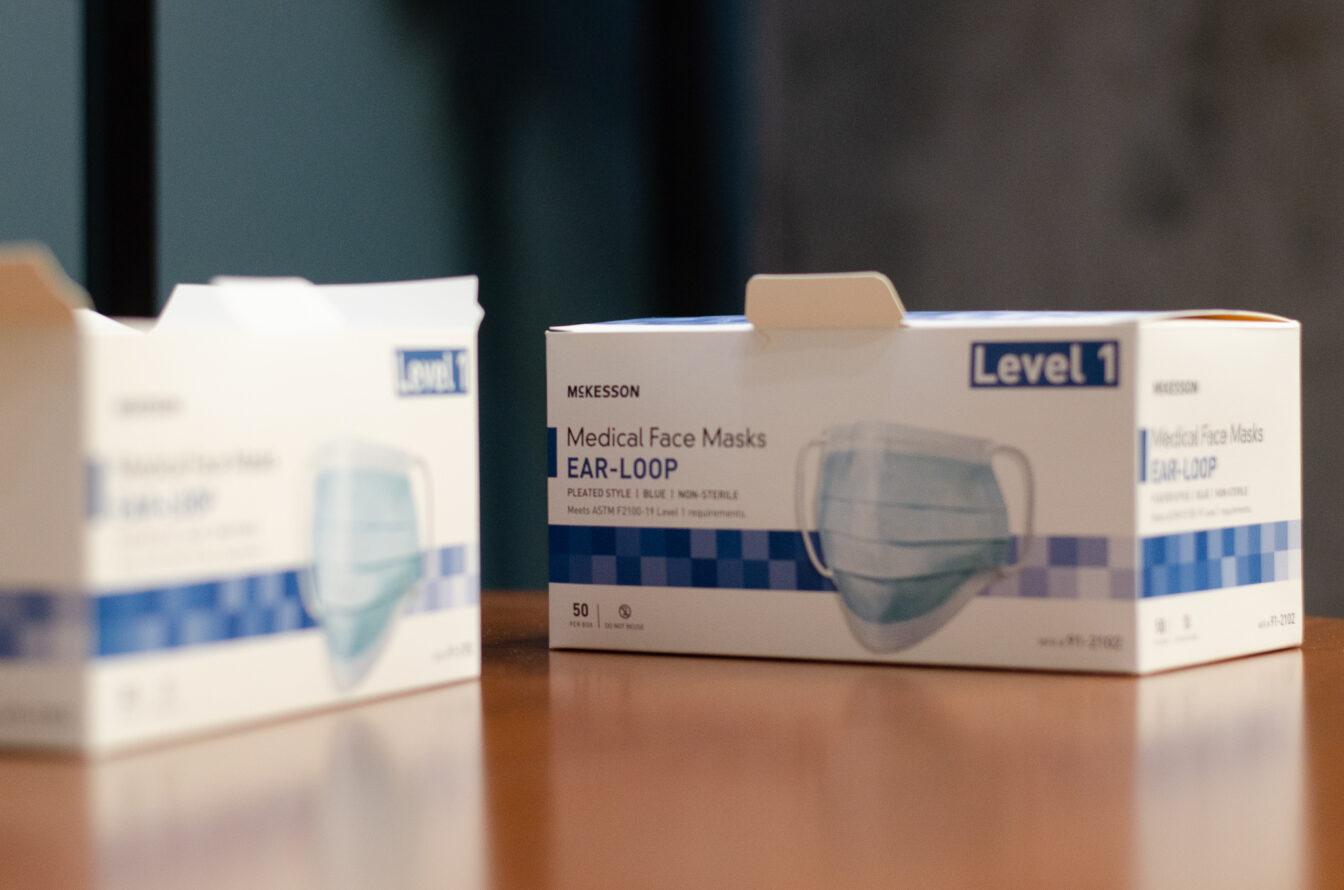Occupy Madison’s initiative to build tiny houses for the homeless community in Madison is drawing the attention of University of Wisconsin professors and students.
A report on the tiny house project was published in the professional journal Progressive Planning following the collaboration of graduate and undergraduate students and UW professors Alfonso Morales and Giri Venkataramanan.
The group that published the article study teaches in fields of urban and regional planning, geography and engineering at UW. The study looked into the community building method of “housing co-production” in which individuals work together to build their future homes.
“This is the process by which different groups work together to produce something they all want,” Morales, a professor in urban and regional planning, said.
Venkataramanan, a professor in electrical engineering, said all members of a community must come together for the project to be successful.
Noah Phillips, a UW senior studying geography, said he has been involved in the tiny house project from the first night of Occupy Madison in October 2011. Although not many UW students are currently involved in the project, he said anyone interested is welcome.
“There’s a lot of room in Occupy. What they do is fascinating. I think there’s all kinds of potential for applied research and more importantly there’s a lot of room for students to learn about reality and life outside the bubble of campus,” Phillips said.
Phillips said there are multiple ways for anyone to get involved with the movement. A direct way to help the homeless is to join the workshop to learn carpentry skills and give a home to those without one, he said.
Occupy Madison Build works on a “sweat-equity” method of involving owners to work to buy their housing. According to the report, Occupy Madison requires an individual to put in 300 hours at a workshop on community houses before they can work on their own house.
Venkataramanan said people coming together to build houses is not a new idea. Habitat for Humanity and the Homestead Act are examples of individuals coming together to build a housing community when the government granted land to people who came together to build homes, he said.
The Occupy Madison Build movement began when a group of activists in Madison camped in an empty lot near the Capitol, according to the report. As the movement became more established, homeless people in Madison’s tent community developed the Occupy Madison tiny house project.
Although the tiny house project has gained attention in national media and has support from community members in Madison, it is not without opposition. According to the report, Mayor Paul Soglin and members from the Madison Police Department have spoken out against the project, saying it could have negative impacts on the community.
Soglin said the tiny house project is not a proper solution for homelessness in Madison. He said he believes the fundamental answer is dedicating more resources to combating poverty in the city.



















